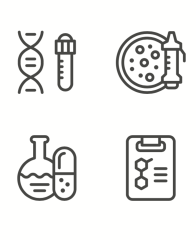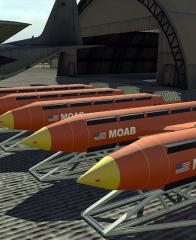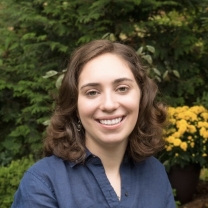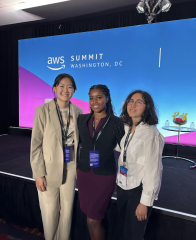 / Research Intern in Nairobi, Kenya
Subscribe
/ Research Intern in Nairobi, Kenya
Subscribe
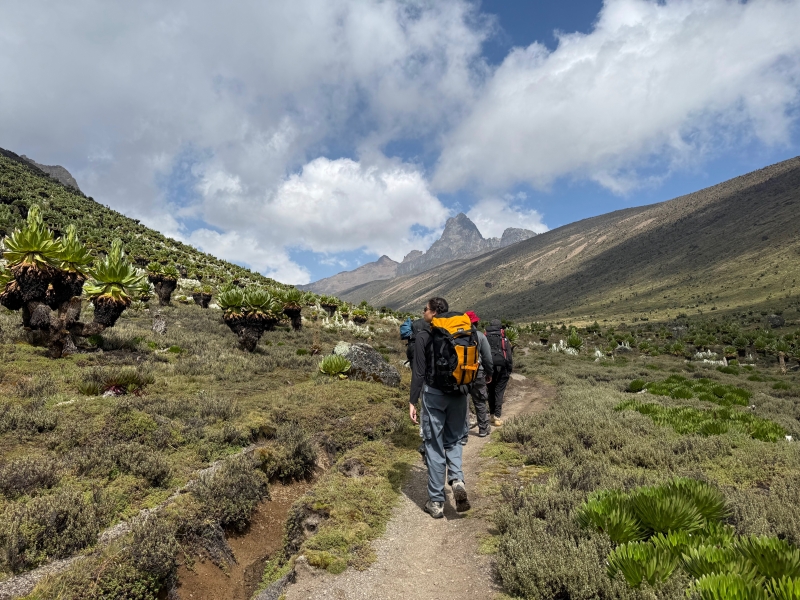
I worked in ILRI’s Livestock, Climate, and Environment sector. Specifically, I conducted environmental chemistry research in the Mazingira Centre (Mazingira means “environment” in Swahili). The project I was involved with focused on the development of a sustainable, affordable fertilizer alternative for smallholder Kenyan farmers. The goal was to create a circular economy in which cattle waste could be repurposed as a nutrient-rich fertilizer with low greenhouse gas (GHG) emissions. The set-up consisted of 15 large barrels containing various ratios of cattle manure, hay, and biochar (a charcoal-based material that strengthens soil).
The following were the tasks I was personally responsible for in this large-scale project:
1. Manual gas collection: Each morning, 1-2 other members of the lab and I would use large syringes to remove gas from 3 tubes at varying depths from each of the 15 sample barrels. The purpose of this was to determine the composition of the gases at varying depths within the composts. The gases were then placed in carefully labeled vials that would be analyzed later.
2. Machine-operated gas collection: After manual collection, our team would set up the Picarro Gas Concentration Analyzer, which is a large machine used for quantifying the amounts of greenhouse gases (nitrous oxide, carbon dioxide, and methane) and ammonia present in the samples. The GHG and ammonia collections occurred separately and in total took 3-4 hours to complete.
3. Gas chromatography: I learned how to independently operate the lab’s gas chromatograph to analyze the manually collected gas samples.
4. Leachate analysis: Liquid runoff from each of the samples was collected by another lab member. I would aid in loading the samples, standards, and various chemical reagents into 96-well plates for spectrophometric analysis. This would allow us to determine the nutrient content (nitrate, ammonia) of the wastewater samples.
By completing all these tasks, I got the opportunity to understand the infrastructure of a large- scale lab operation. Additionally, I felt lucky to gain exposure to a diverse range of lab techniques. It was interesting to see these techniques used in an agricultural/environmental chemistry context. I learned that I want to conduct further research in this realm, and I look forward to exploring my options as I apply to chemistry PhD programs this year.
More than any other skill, I honed my communication skills at this internship. I found myself with a diminishing workload at the lab as the summer went on, especially as the pace of the fertilizer project began to slow. I realized that I needed to take initiative and speak with my supervisor. Upon doing so, I was given more tasks and began to help a larger number of lab members daily. Learning to take initiative in the workplace was the most valuable lesson I took away from this experience.
Beyond the science, I learned more about what working in development research entails. I had many interesting conversations with colleagues and supervisors about the true impact of ILRI’s research on local populations. It turns out that it is very difficult to convince local farmers to adopt different agricultural methods and technologies due to the cultural nature of farming in many communities. This fulfilled my initial goal of learning more about local farming populations.
Outside of my internship, I tried to get outside of the ILRI campus (which is where I lived) as much as possible. I wanted to meet Kenyans, eat local food, learn some Swahili, and explore the country as much as possible. After climbing 3 mountains, going on 3 safaris, becoming a lunch regular at 5 tiny, family-owned restaurants, riding some motorcycles, going paragliding, and learning a bit of Swahili, I feel that I have achieved those goals. Kenya holds a special place in my heart, and I know for a fact that I will return soon.
